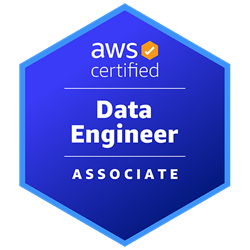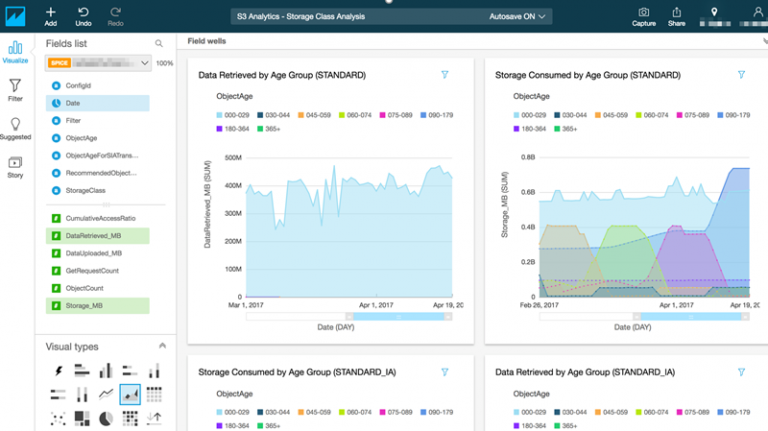Data Warehousing on AWS

The Data Warehousing on AWS (DBDWOA) course introduces students to concepts, strategies, and best practices for designing an AWS cloud-based data warehousing solution using Amazon Redshift, the petabyte-scale data warehouse on AWS. This course teaches students how to collect, store, and prepare data for the data warehouse using AWS services such as Amazon DynamoDB, Amazon EMR, Amazon Kinesis, and Amazon S3. This course also demonstrates how to use Amazon QuickSight to perform analytics on the data. This course helps prepare students for the AWS Certified Data Engineer – Associate certification .
Course Objectives
Below is a summary of the main objectives of the Data Warehousing on AWS (DBDWOA) course :
- Introduction to concepts, strategies, and best practices for designing a data warehousing solution on AWS using Amazon Redshift.
- Learn how to collect, store, and prepare data for your data warehouse using AWS services such as Amazon DynamoDB, Amazon EMR, Amazon Kinesis, and Amazon S3.
- Using Amazon Redshift, AWS’s data warehouse that can handle petabyte-scale data.
- Demonstration of how to use Amazon QuickSight to perform data analytics.
- Provide skills on how to design an AWS cloud-based data warehousing solution.
- Implement data integration and ETL (Extract, Transform, Load) processes for effective data warehousing.
- Ensure data security, compliance, and backup strategies within a data warehousing solution.
- Optimize data warehousing performance and manage costs associated with AWS data services.
Course Certification
This course helps you prepare to take the:
AWS Certified Data Engineer – Associate Exam ;
Course Outline
Module 1: Introduction to Data Warehousing
- Relational databases
- Data warehousing concepts
- The intersection of data warehousing and big data
- Overview of data management in AWS
- Hands-on lab 1: Introduction to Amazon Redshift
Module 2: Introduction to Amazon Redshift
- Conceptual overview
- Real-world use cases
- Hands-on lab 2: Launching an Amazon Redshift cluster
Module 3: Launching clusters
- Building the cluster
- Connecting to the cluster
- Controlling access
- Database security
- Load data
- Hands-on lab 3: Optimizing database schemas
Module 4: Designing the database schema
- Schemas and data types
- Columnar compression
- Data distribution styles
- Data sorting methods
Module 5: Identifying data sources
- Data sources overview
- Amazon S3
- Amazon DynamoDB
- Amazon EMR
- Amazon Kinesis Data Firehose
- AWS Lambda Database Loader for Amazon Redshift
- Hands-on lab 4: Loading real-time data into an Amazon Redshift database
Module 6: Loading data
- Preparing Data
- Loading data using COPY
- Maintaining tables
- Concurrent write operations
- Troubleshooting load issues
- Hands-on lab 5: Loading data with the COPY command
Module 7: Writing queries and tuning for performance
- Amazon Redshift SQL
- User-Defined Functions (UDFs)
- Factors that affect query performance
- The EXPLAIN command and query plans
- Workload Management (WLM)
- Hands-on lab 6: Configuring workload management
Module 8: Amazon Redshift Spectrum
- Amazon Redshift Spectrum
- Configuring data for Amazon Redshift Spectrum
- Amazon Redshift Spectrum Queries
- Hands-on lab 7: Using Amazon Redshift Spectrum
Module 9: Maintaining clusters
- Audit logging
- Performance monitoring
- Events and notifications
- Lab 8: Auditing and monitoring clusters
- Resizing clusters
- Backing up and restoring clusters
- Resource tagging and limits and constraints
- Hands-on lab 9: Backing up, restoring and resizing clusters
Module 10: Analyzing and visualizing data
- Power of visualizations
- Building dashboards
- Amazon QuickSight editions and features
Course Mode
Instructor-Led Remote Live Classroom Training;
Trainers
Trainers are Amazon AWS accredited instructors and certified in other IT technologies, with years of practical experience in the sector and in training.
Lab Topology
For all types of delivery, the participant can access the equipment and actual systems in our laboratories or directly in international data centers remotely, 24/7. Each participant has access to implement various configurations, Thus immediately applying the theory learned. Below are some scenarios drawn from laboratory activities.

Course Details
Course Prerequisites
Attendance at the AWS Technical Essentials Course and the Data Analytics Fundamentals Course is recommended .
Course Duration
Intensive duration 3 days;
Course Frequency
Course Duration: 3 days (9.00 to 17.00) - Ask for other types of attendance.
Course Date
- Data Warehousing on AWS (Intensive Formula) – On Request – 9:00 – 17:00
Steps to Enroll
Registration takes place by asking to be contacted from the following link, or by contacting the office at the international number +355 45 301 313 or by sending a request to the email info@hadartraining.com


